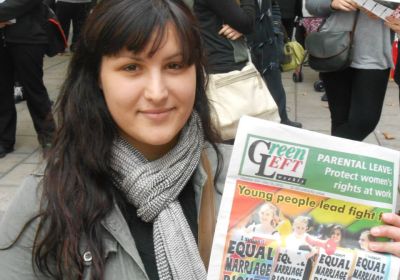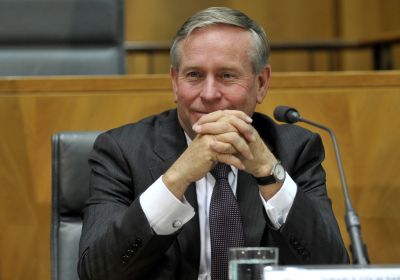
Western Australia Premier Colin Barnett and Local Government Minister Tony Simpson unveiled the state's worst-kept secret on July 30, when they announced their plan to slash the number of councils in Perth from 30 to 14.

Western Australia Premier Colin Barnett and Local Government Minister Tony Simpson unveiled the state's worst-kept secret on July 30, when they announced their plan to slash the number of councils in Perth from 30 to 14.
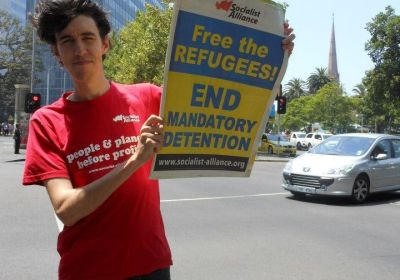
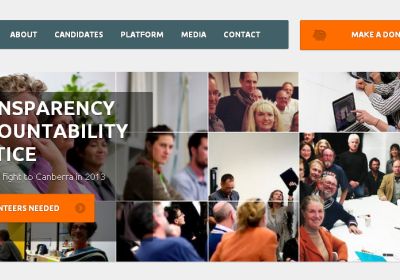

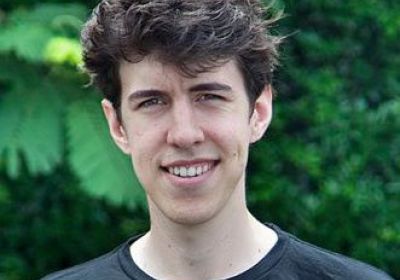
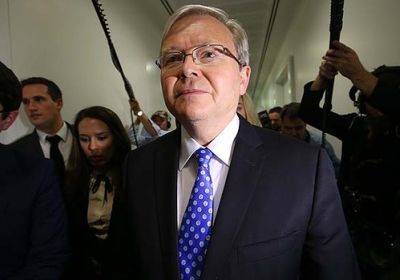
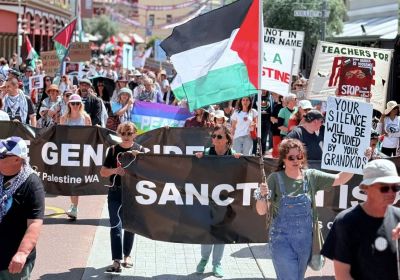
Greg Barns from the WikiLeaks Party addresses the GetUp candidates forum in Perth on June 14.
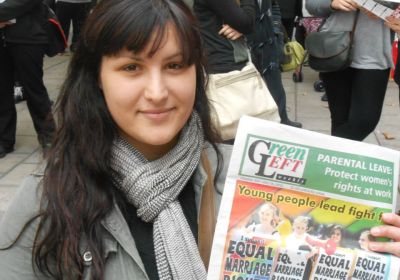
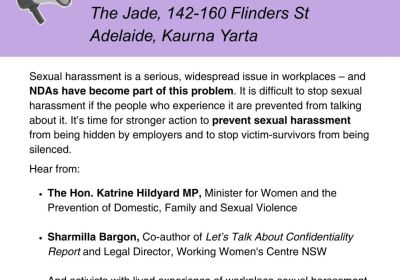
Socialist Alliance candidate for Fremantle, Sam Wainwright introduces the Socialist Alliance campaign to a packed out candidates forum organised by GetUp.
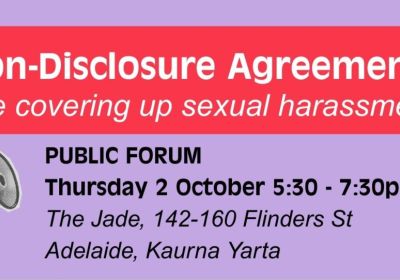
Julia Gillard was greeted by a vibrant protest by students, unionists and Aboriginal activists when she spoke in Fremantle on June 12.
